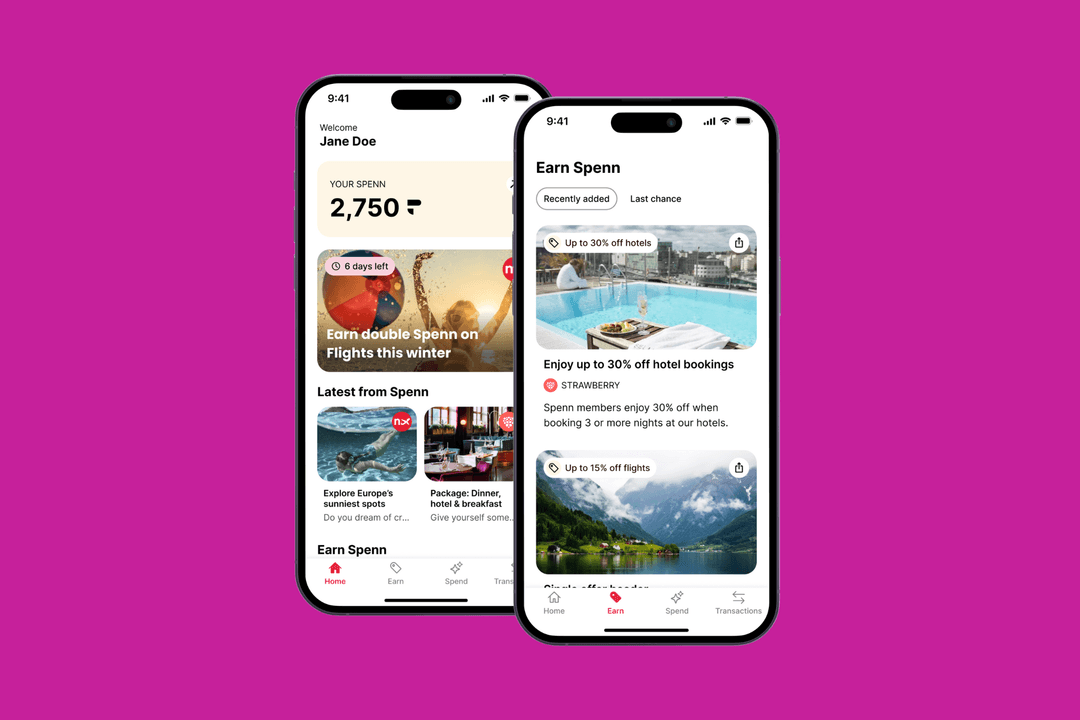Too much time? How to really measure the success of your digital product
With time spent on mobile spiralling, competition for eyeballs is rife. But monitoring hours and minutes is rarely the right metric when it comes to measuring the success of your digital product.
A third of waking hours are spent on mobile apps.
That’s the headline-grabbing stat from Data.Ai’s’ State Of Mobile 2022, which reveals that the weighted average of time spent using apps by people in the top 10 global markets was 4 hours and 48 minutes, every day. An increase of 30% from 2019. Brazilians are top at 5.4 hours. Us Brits trail with just (!) 4.0 hours.
Great news for a company who builds a lot of apps?
We’ve created more than 200 apps including some for the world’s biggest organisations, so naturally it’s exciting to see the breadth, scale and innovation that is driving this growth, alongside increased investments into mobile in all sectors. But four hours? Half a working day? More than half of a school day? That doesn’t sound good, even to us.
What’s everyone doing with that time?
Killing it, mainly. The rise of social apps is astonishing. TikTok has seen up to 75% growth and leads every market when it comes to time spent. Live streaming in social apps has generated hundreds of millions of creators and watchers, and driven even deeper habitual use. Hyper-casual games have seen huge increases too. Deliberately designed for simplicity and addiction, games like Bridge Race and Hair Challenge have been part of a worldwide phenomenon that drove 3.5 billion downloads in Q3 alone last year. Because the games are so easy, they’re commonly played whilst multitasking - so whilst a big contributor to screen time, they don’t demand exclusive attention. Small mercy.
Where does this leave the rest of the mobile world?
Facing even greater competition for time and attention when both are in ever more limited supply.
There’s a whole different blog post and pub debate to be had around attention, but while time spent might grab the headlines, it’s a bad metric for organisations to measure if they don’t have an attention-based revenue model.
Businesses from the growing sectors we work in are still seeing massive YOY increases in the number of mobile customers downloading their apps after the pandemic growth of 2020; finance (28%), retail (7%). Health & food growth has slowed, but only after the huge peak of the first waves of Covid. And all the while, users have stayed.
But for these companies, focussing on creating real value for their customers now and in the future is key, not trying to steal their time.
If not time, what?
For some clients, time is actually a bad thing. It can mean poor design and a slower experience. For apps designed to put customers in control, like the self-service work we do with Argos, we’re much more concerned with getting the right frequency of visits and increasing transaction value.
If you’re a pizza lover (and who isn’t?) then it’s all about speed and convenience, so for Domino's too much time in the app means deals are too hard to find or it’s taking too long to order. All our testing is about making it easy for each and every customer. So conversion, frequency and value are the metrics we measure. Wattbike is different. We do want time, not scrolling but time on the bike. More sessions, more usage, more watts - and these are habits the app can help to create.
For the NHS, time is the enemy. Our solution is designed to save critical hours with organ donations in hospitals, and ultimately save lives.
Measure the right thing
We start every product journey by identifying its different metrics of success and work back from there. More customers, more frequency, more value and a richer experience? Often. Time? Not so much.
The businesses driven by ad-revenue are trying to steal more of the one thing no one has enough of. Let’s leave them to it and give back valuable time by creating efficient and effective experiences. And measuring the things that really matter.
Want to know how we helped Argos build an app with great conversion performance? Find it here
Share

